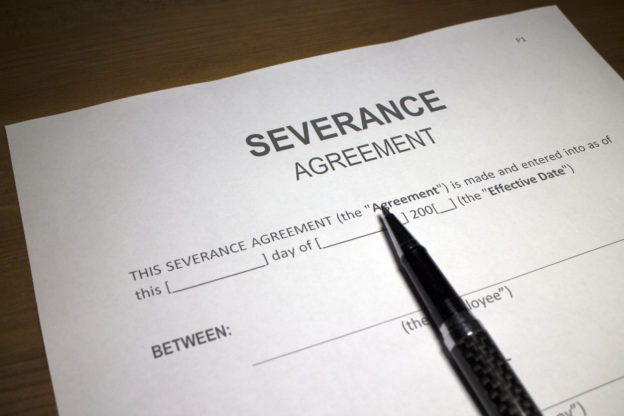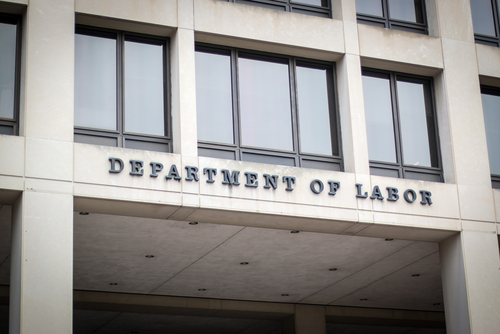
JT Washington
Today, technology and social media are integral parts of our daily lives. Social media has transformed how we communicate and express ourselves. However, this transformation has brought new challenges, particularly in the workplace, where online behavior can have significant repercussions. Recent legal cases have demonstrated what happens on social media does not always stay online and can contribute to a hostile work environment or harassment if it impacts an employee’s working conditions. This encompasses behavior that may not occur in the physical workplace but still affects the overall work environment. Employers are required to promptly and effectively address harassment, irrespective of where it takes place, including on social media.
A recent ruling by the U.S. Court of Appeals for the Ninth Circuit, in the case of Okonowsky v. Garland, has emphasized this reality. 109 F.4th 1166. The court held that an employer could be held liable for a hostile work environment claim based on harassing content posted on an employee’s personal social media account, even if the conduct occurred outside the physical workplace. This decision builds upon earlier guidance from the Equal Employment Opportunity Commission (“EEOC”), which warned that employers might be liable for non-work-related conduct when it affects the workplace environment. The ruling underscores the growing influence of social media in shaping workplace dynamics and the potential legal ramifications for employers who fail to address harassment that originates online but permeates the workplace. Read more
















